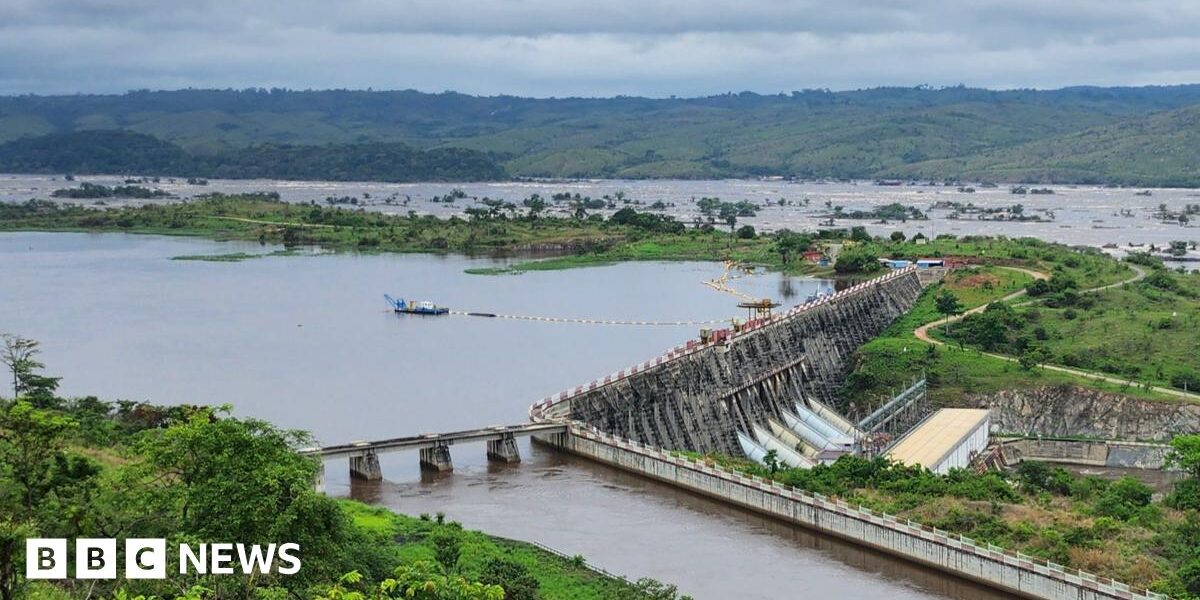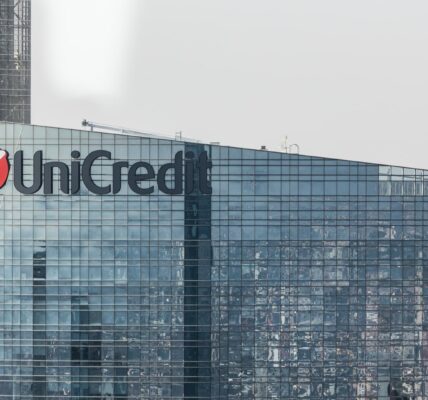Grand Inga: Are DR Congo’s plans to build the world’s largest hydropower dam still on track?
But are these problems unique to the Grand Inga Dam? Not really, says Professor George Aggidis, a hydropower expert at the UK’s Lancaster University.
He says years of delays and numerous changes of partners are “normal” for a major infrastructure project like the Inga Dam.
He points to the UK’s Mersey Tidal Project – which if successful would be the world’s largest tidal barrier. The idea was first floated in 1984 and has been abandoned, then revived in the decades since.
“Does that mean we are unstable here in the UK?” Mr Aggidis asks. He describes the Inga project as “doable”.
A similar sentiment is shared by Alexander Schwab, an executive at Andritz, an Austrian-based company that signed on to supply equipment for Inga 3.
Mr Schwab says Andritz signed a MoU with the Congolese authorities but has not received any word on the project since 2021.
He seems largely unfazed by the lack of communication, saying that one in three major infrastructure projects will be “stalled somewhere”.
For Mr Schwab, the Grand Inga is “one of the best mega projects… in the world”.
But despite its potential, there are deep concerns about the project’s environmental and social impact.
A common criticism is that the dam will benefit South African consumers and DR Congo’s mining companies, but not the Congolese people. Some 80% of the population lack access to electricity.
“Inga will not bring electricity for the people,” says Emmanuel Musuyu, the head of Congolese civil society coalition Corap. He alleges that the majority of electricity has already been promised to South Africa and the mines.
In a recent report on Inga 3, the DR Congo authorities acknowledged that the dam is “alone not sufficient to address DRC’s energy and development challenges” but said it could act as a “catalyst” for national change.
The World Bank said it was exploring how it could support the government to ensure Inga “delivers broad benefits for energy access”.
Environmental and rights groups also worry that approximately 37,000 residents in the Inga area will be displaced without compensation. According to organisations like International Rivers and Observatori del Deute en la Globalització, thousands were forcibly removed from their homes and never compensated when Inga I and II were built.
They also say that the first two dams damaged the region’s biodiversity and that any extra dams are likely to do the same.
“It will have a specific impact on the fish and all animals in the water… when you change the flow of water in rivers, we can see some species of fish disappear,” says Mr Musuyu.
A 2018 study argued that many large-scale hydropower projects in Europe and the US have been disastrous for the environment.
DR Congo’s authorities have recognised that people would be displaced by Inga III, but said residents would be resettled in areas with basic services and promised that “fair compensation” would be awarded.
They have also recognised the risks to the local environment and said an assessment aiming to reduce this impact would be completed within the next two years. However, according to the BBC’s source close to the project, the authorities have not yet raised enough money to fund these studies.
If the Grand Inga is simply experiencing the ups and downs that come with big infrastructure projects, the World Bank may still have cause for optimism.
But the dam is a complex engineering project – one that requires its many stakeholders to work together in harmony.
The World Bank returning, only for the Three Gorges to leave, suggests DR Congo is struggling to maintain such unity.
And despite DR Congo’s ambition, construction cannot begin unless funding is secured.
So for now, it appears as though this project which has the potential to change the lives of millions of people in Africa remains just that – a grand vision.





